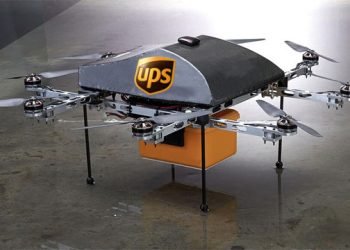By Maria Kalamatas | The Logistic News
June 10, 2025 – Section: Tech / Salon & Smart Logistics
Shenzhen, China – This week, the China International Logistics and Supply Chain Fair (CILF) once again lived up to its reputation as Asia’s most influential logistics innovation showcase. Thousands of professionals gathered at the Shenzhen Convention and Exhibition Center, where intermodal integration, automation breakthroughs, and next-generation 5G logistics platforms dominated the floor.
Now in its 19th edition, CILF 2025 brought together a diverse set of stakeholders—from state-owned ports and customs agencies to AI startups, electric vehicle manufacturers, and freight tech firms. What unified them was a clear direction: building smarter, more responsive, and fully connected supply chain infrastructure.
“China is not just adapting to global logistics trends—we are defining them,” said Ming Zhao, Deputy Director at the Shenzhen Institute of Logistics Research. “From autonomous yard management to real-time cross-border visibility, the tools are no longer theoretical—they’re in deployment.”
Among the most talked-about exhibits was a full-scale model of an AI-powered inland port hub, capable of handling container routing decisions autonomously through machine learning algorithms. Meanwhile, telecom giants demonstrated 5G-controlled warehouse drones that can execute high-speed inventory sorting with sub-second response times.
Cross-border e-commerce was also in focus, with platforms showcasing seamless customs clearance tools and bonded zone integration via blockchain. The emphasis was not only on speed but also on traceability and regulatory transparency—two key pillars in China’s evolving digital trade strategy.
One of the central themes was intermodal synergy. CILF 2025 highlighted how Chinese logistics firms are aligning road, rail, sea, and air infrastructure to form high-efficiency corridors. The recent expansion of multimodal hubs in Chengdu and Zhengzhou, now linked directly to the China-Europe Railway Express, was presented as a key milestone.
Visitors were also drawn to prototype vehicles, including electric linehaul trucks optimized for urban delivery and hydrogen-powered terminal tractors designed for port automation zones.
For international observers, the fair offered a glimpse into how logistics in China is no longer just about scale—it’s about intelligence. The goal is not merely to move goods faster, but to move them smarter.
“Five years ago, logistics tech was peripheral to our strategy,” said Liu Fen, CTO of AsiaLink Freight. “Now it is the strategy.”
As CILF 2025 closes, the message from Shenzhen is clear: the logistics future is no longer in development—it’s already on display.
Maria Kalamatas
Senior Correspondent – Technology & East Asia Logistics
The Logistic News






















